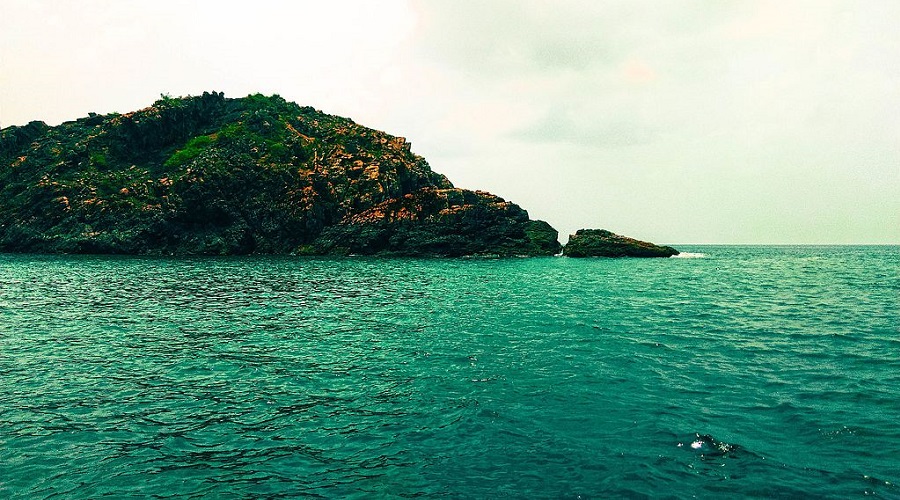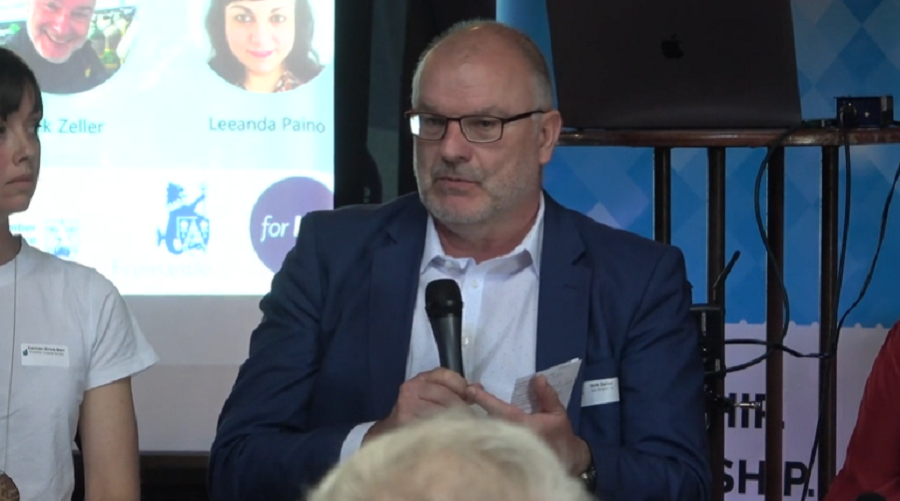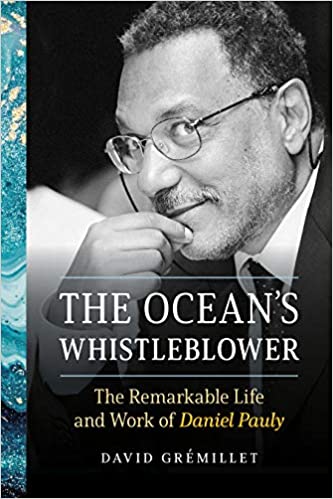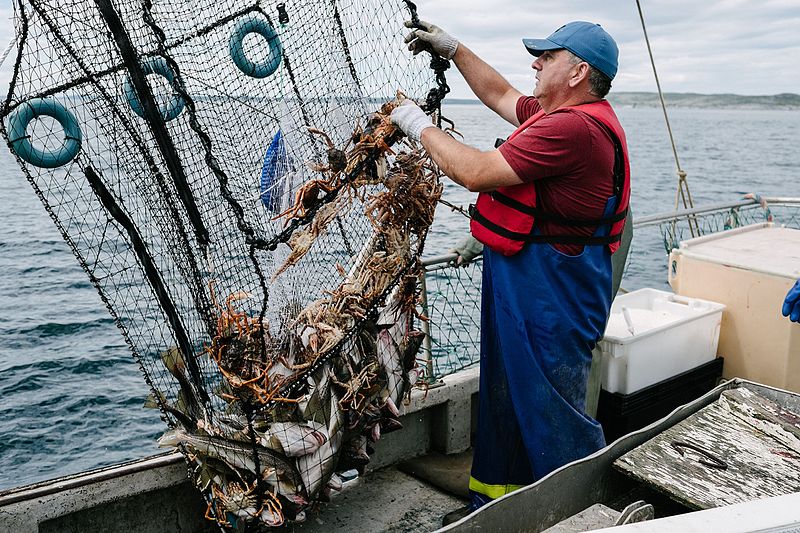
Research produced by current and past members of the Sea Around Us has been included in what
is being described as “a definitive volume on large marine ecosystems.”
The book, titled Ocean
sustainability: Assessing and managing the world’s large marine ecosystems,
presents best assessment and management practices based on examples from 37
years of published peer-reviewed papers on large marine ecosystems or LMEs.





 Two years after the release of
Two years after the release of 

